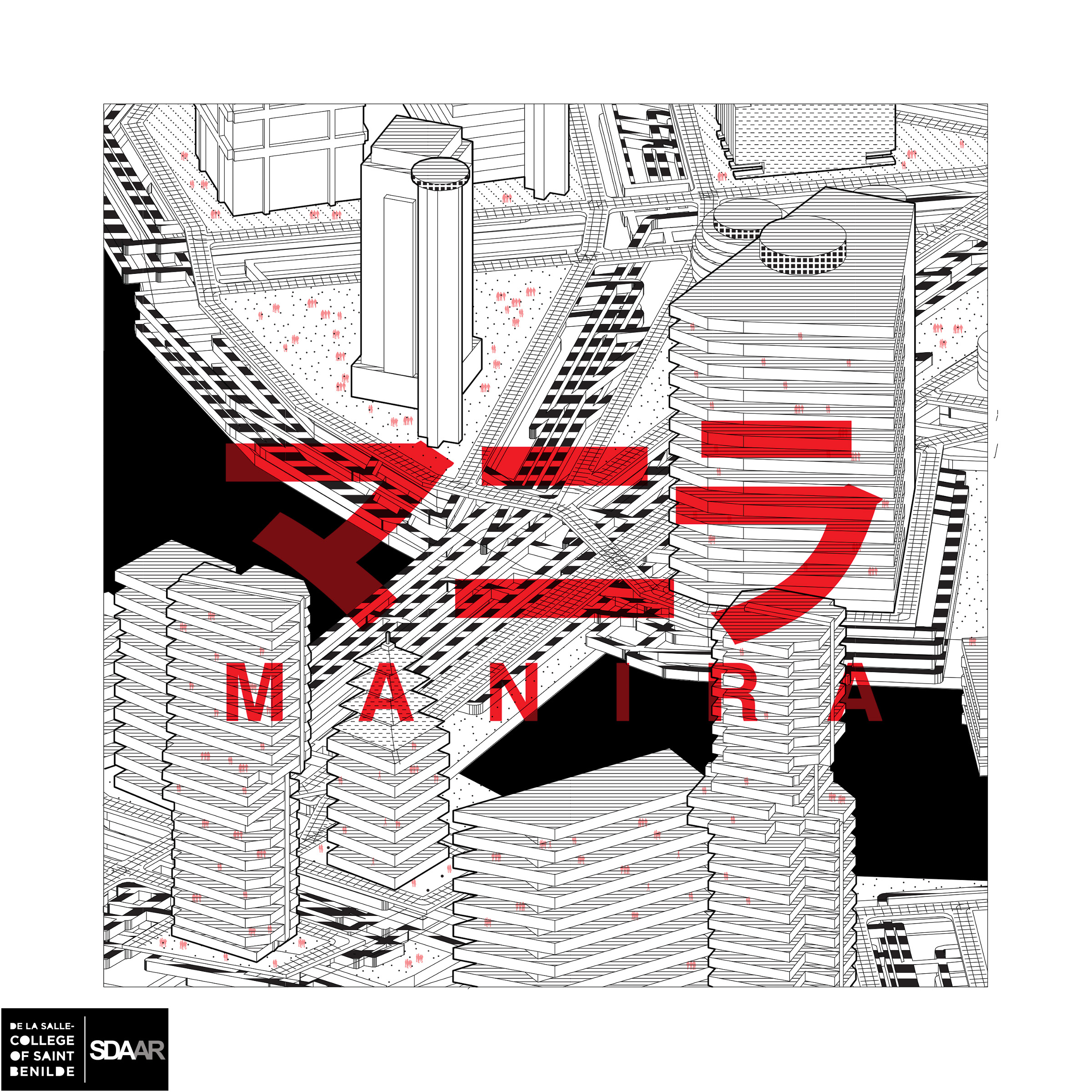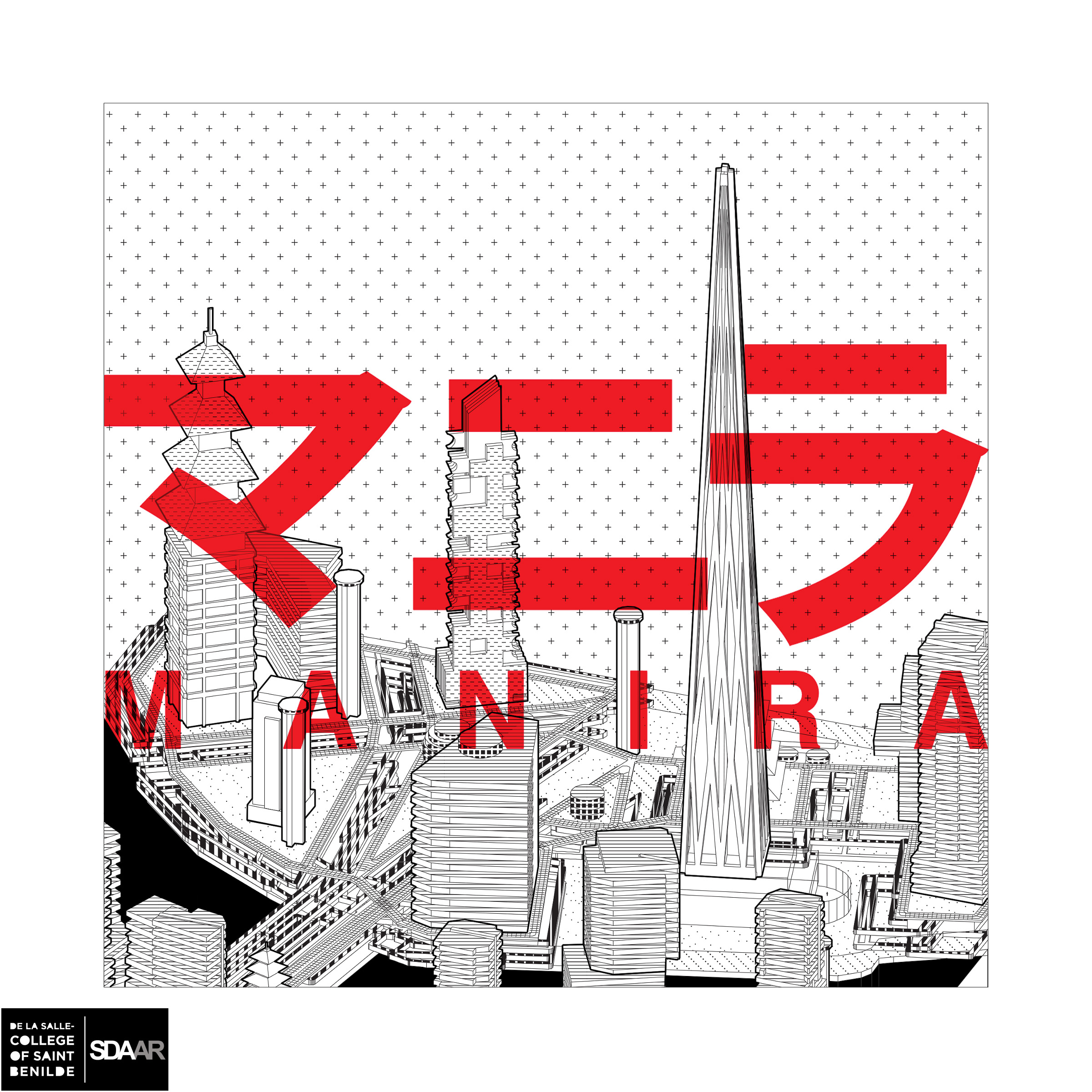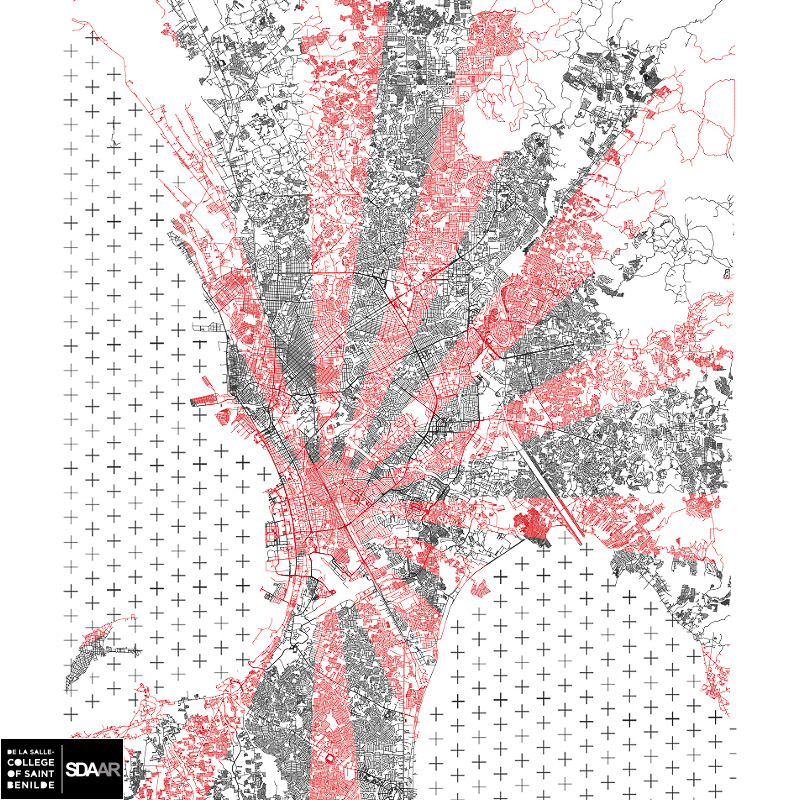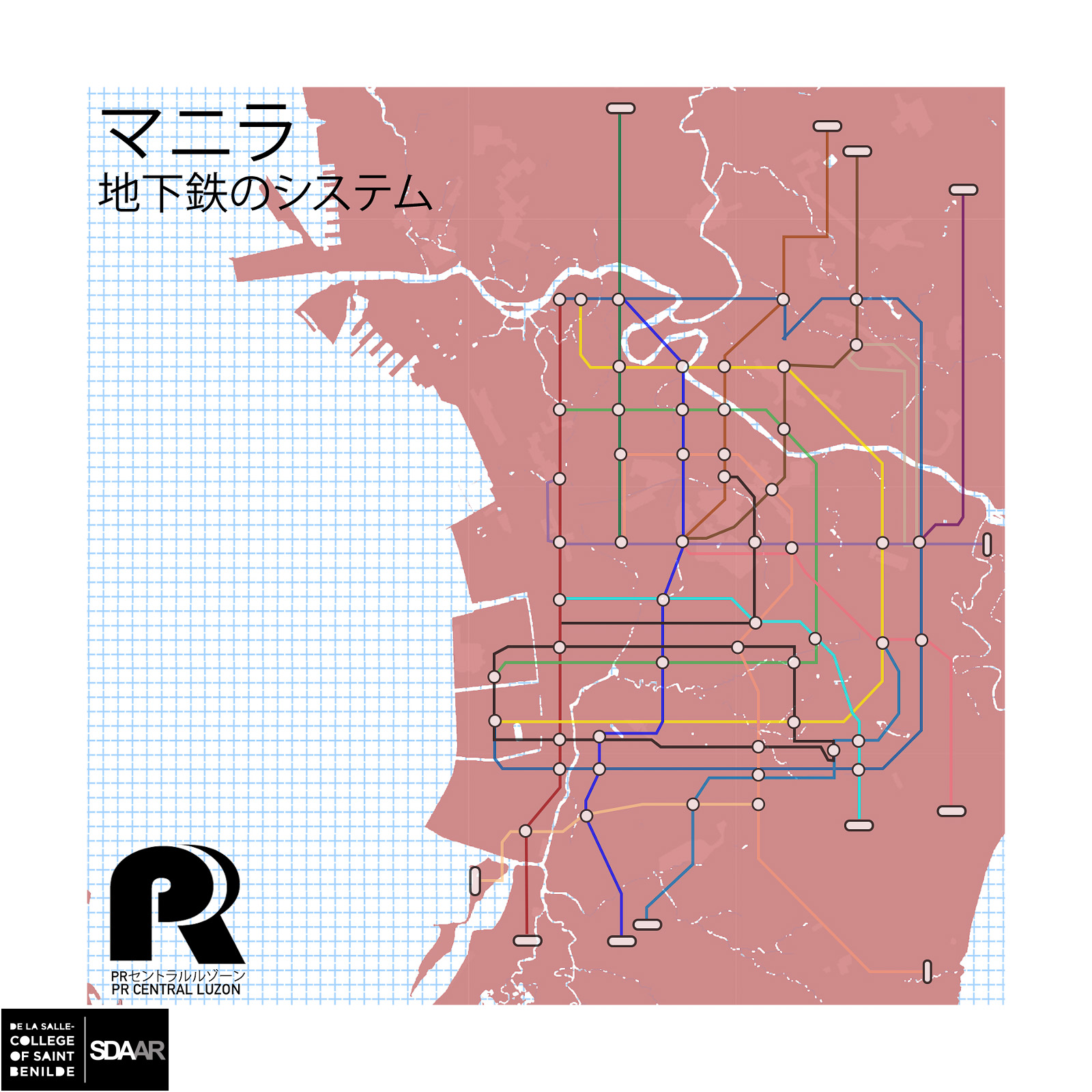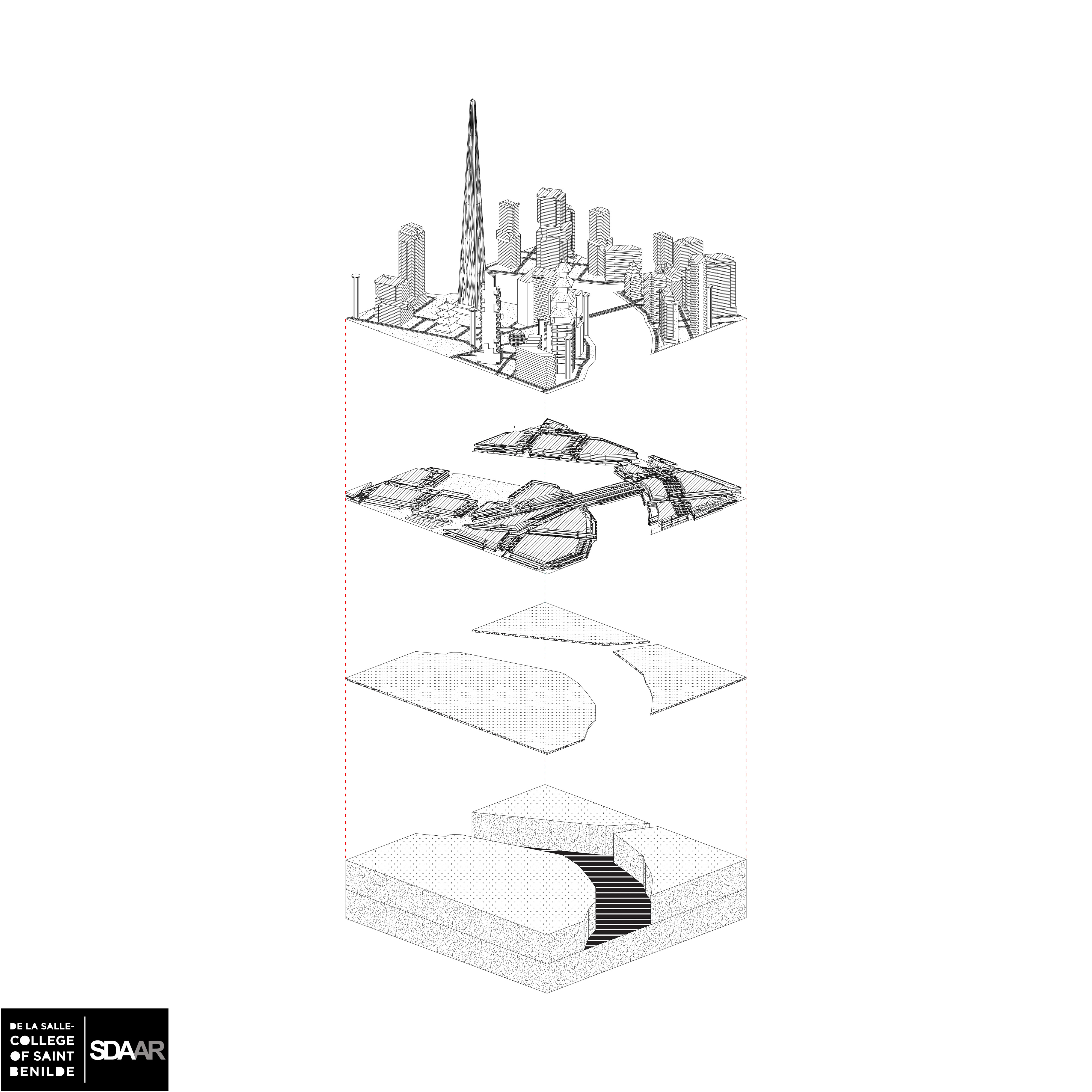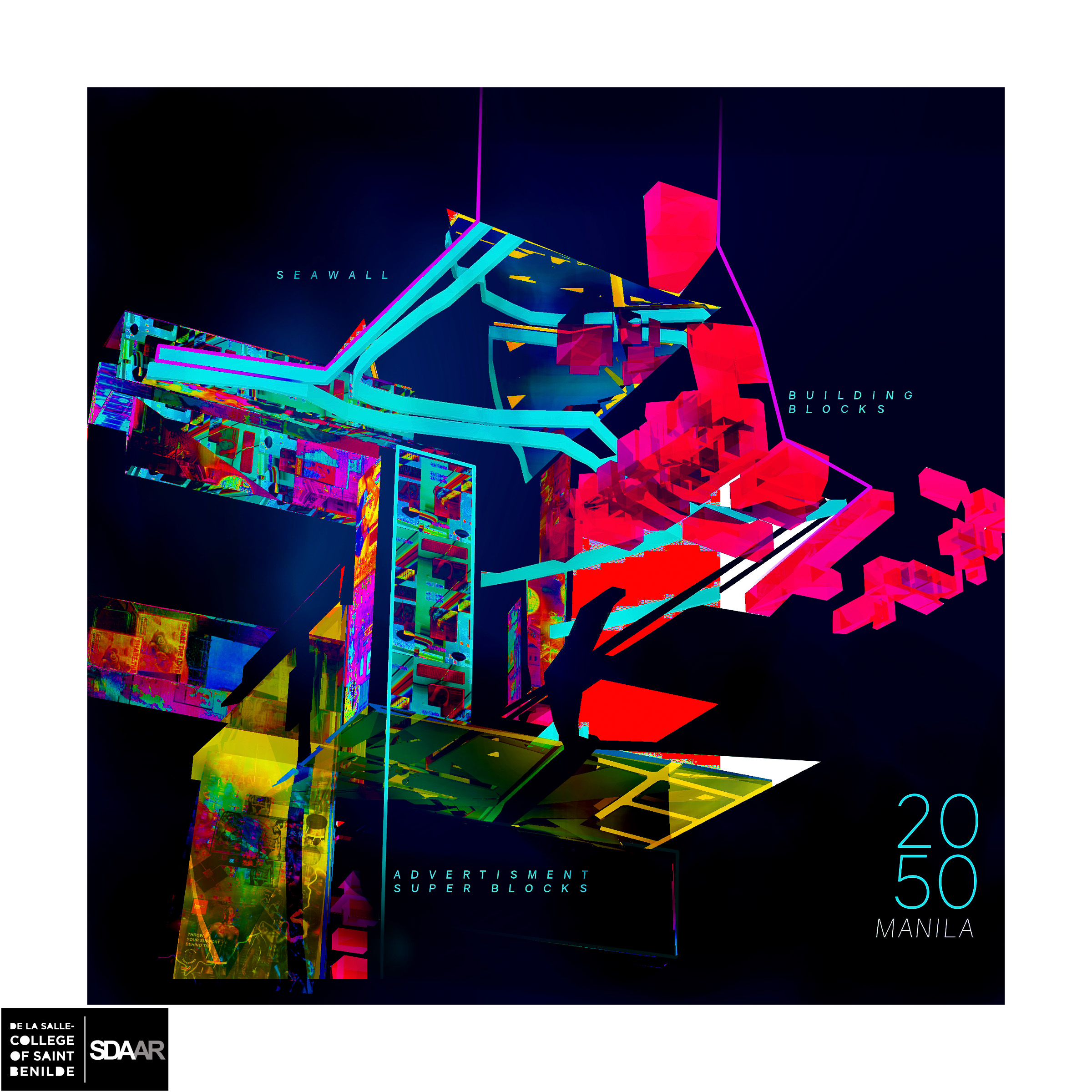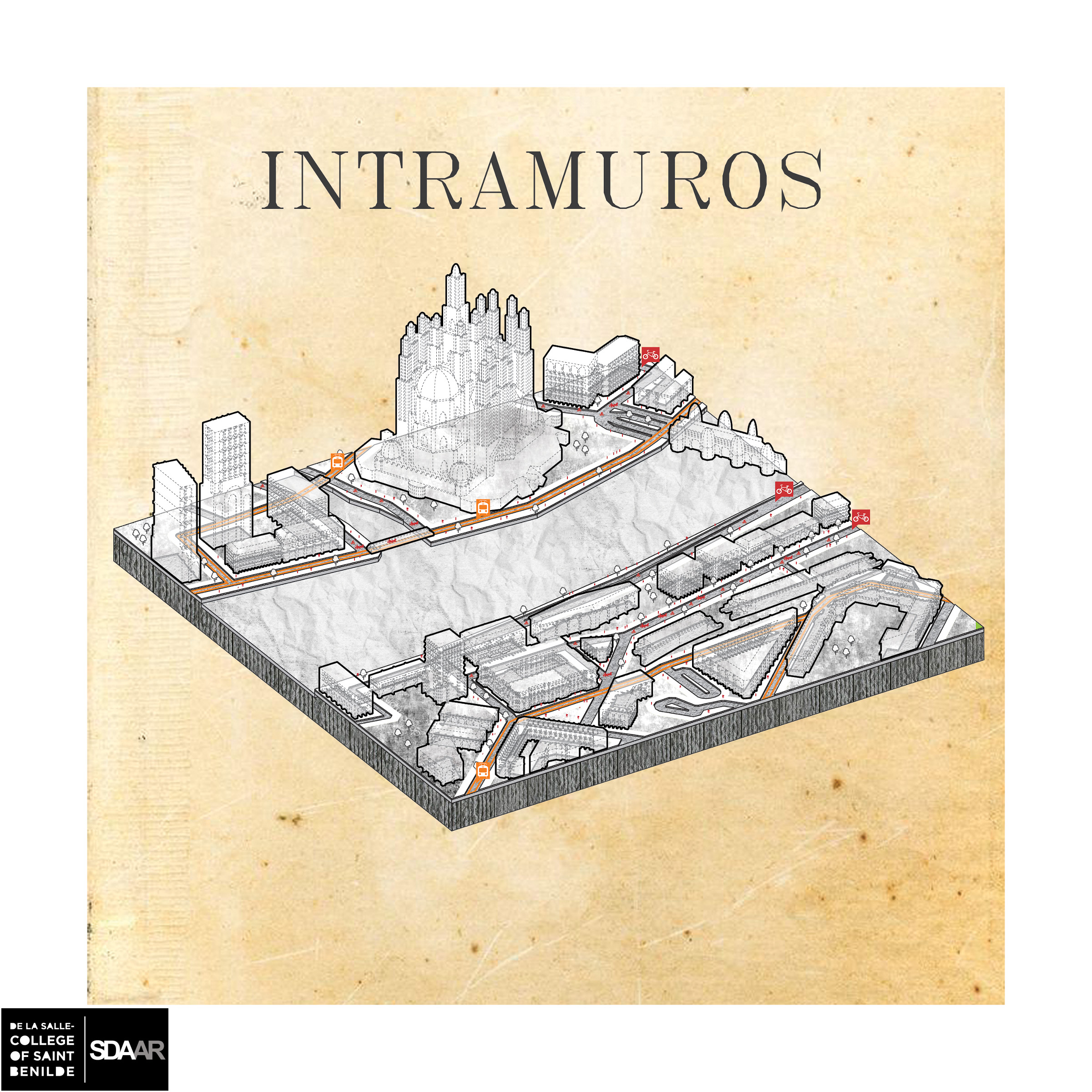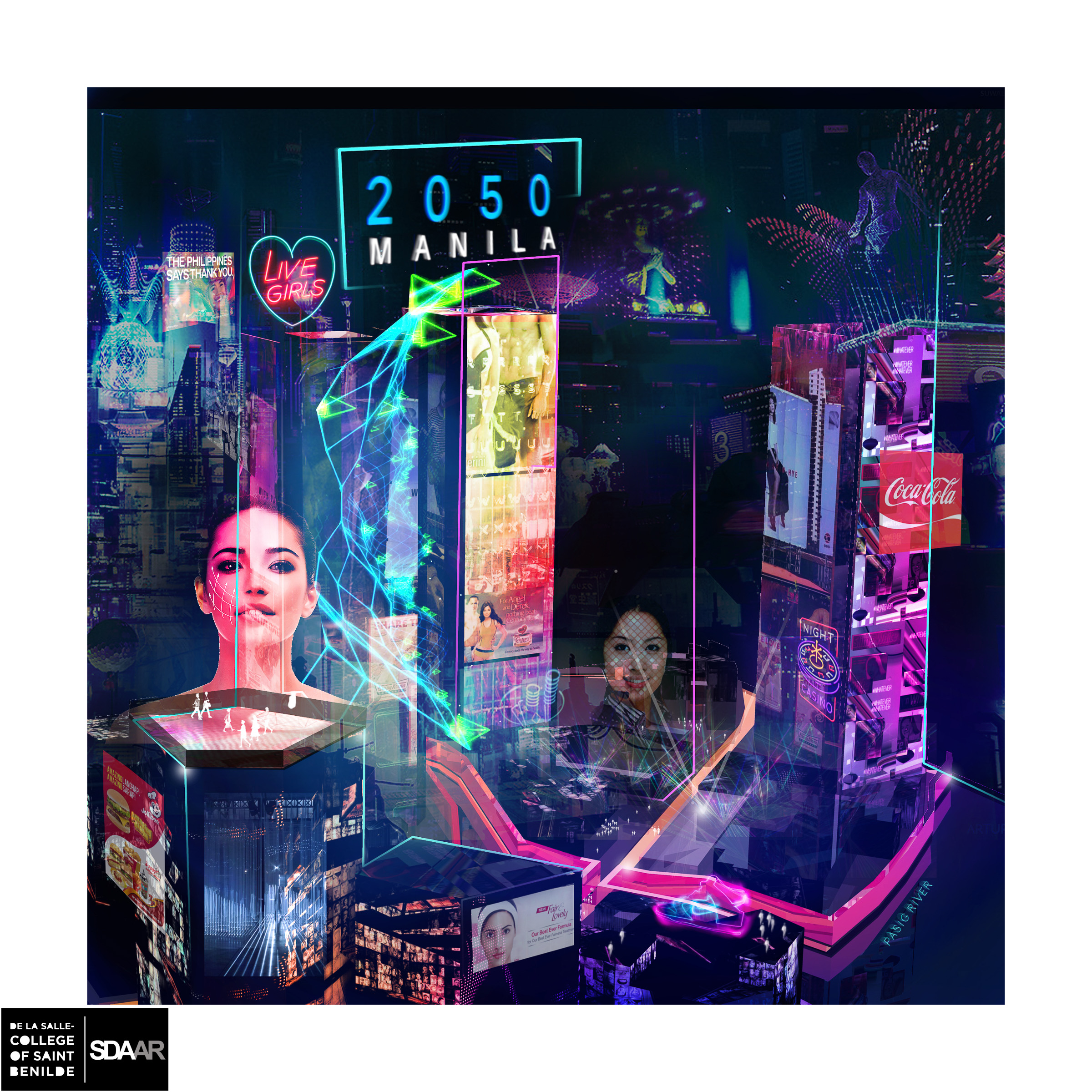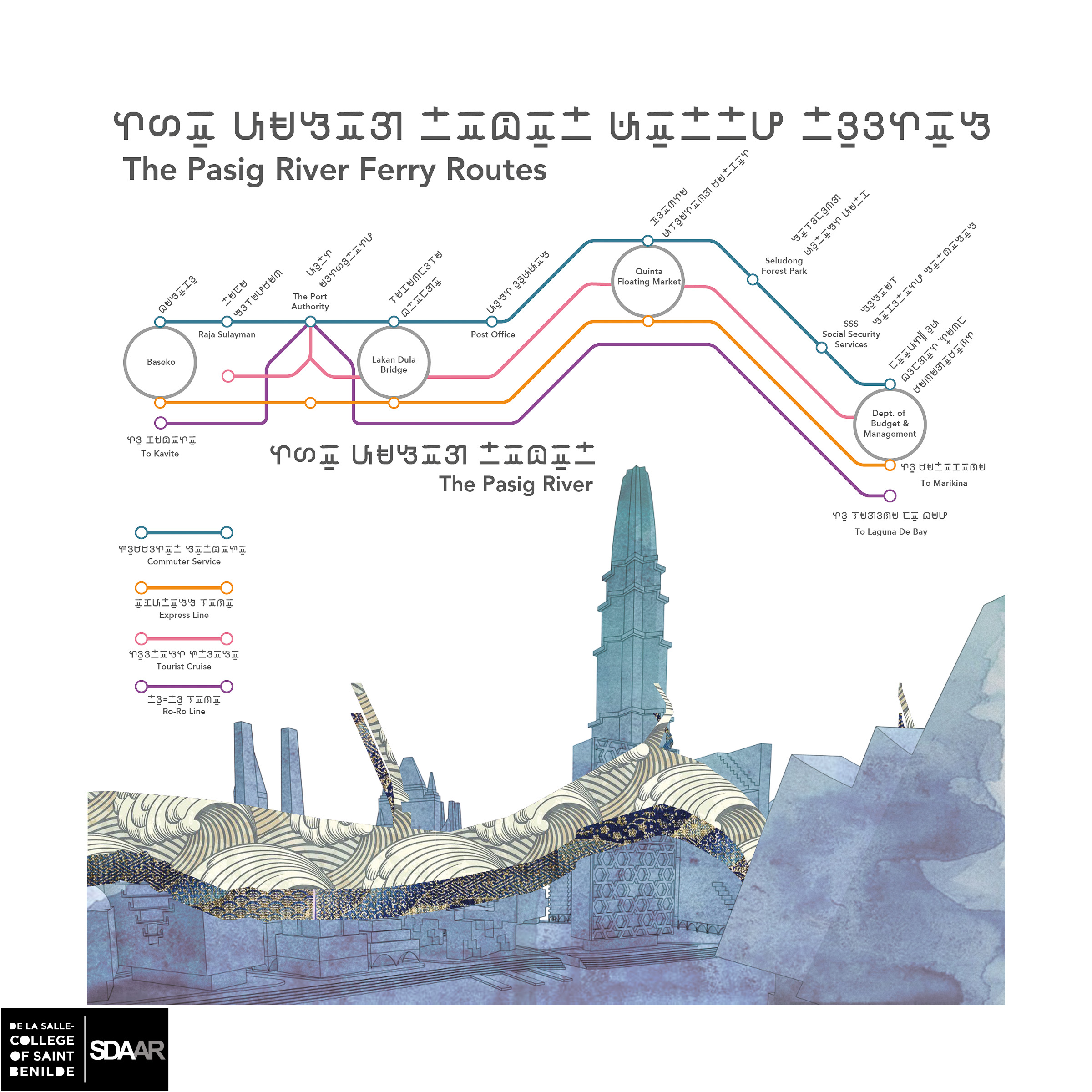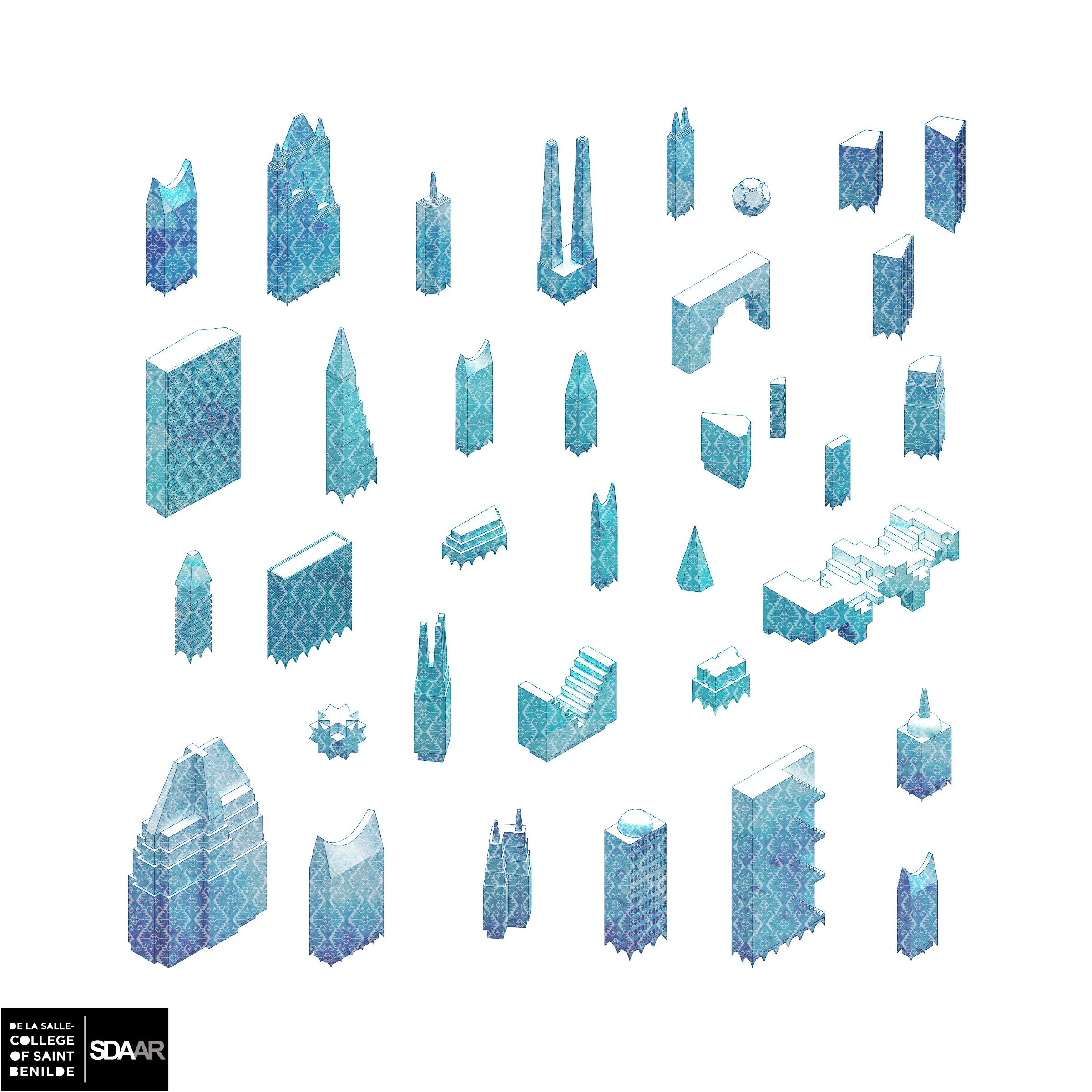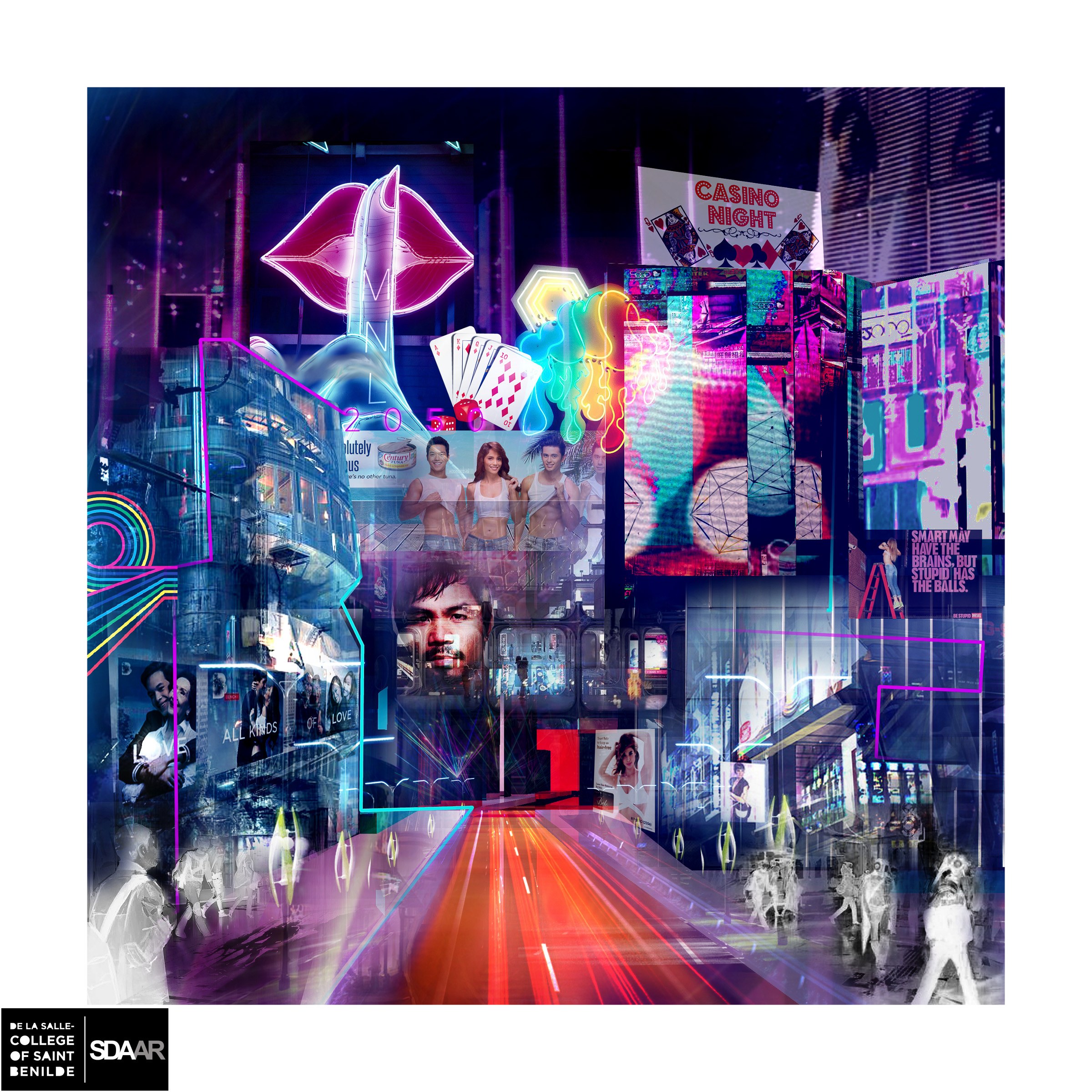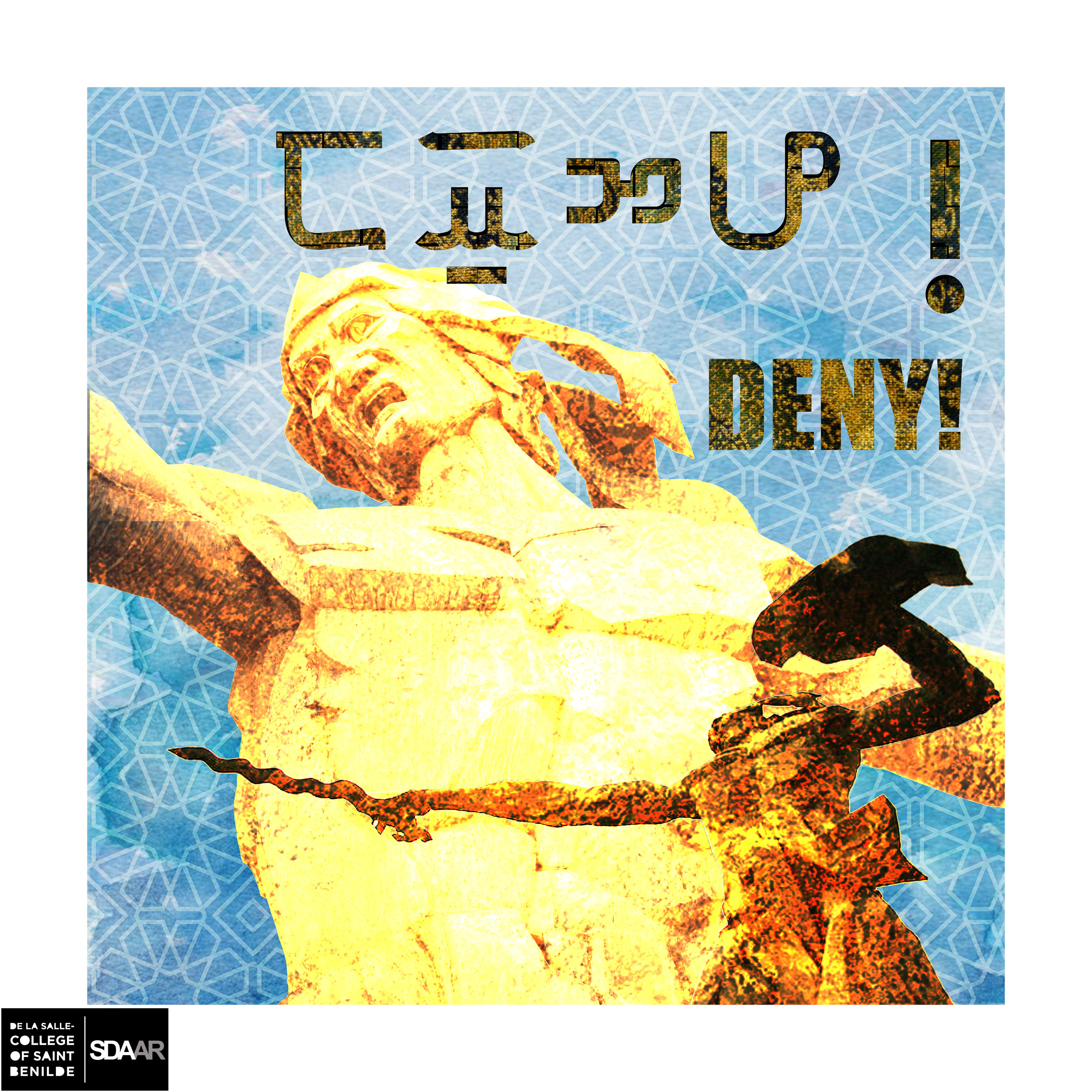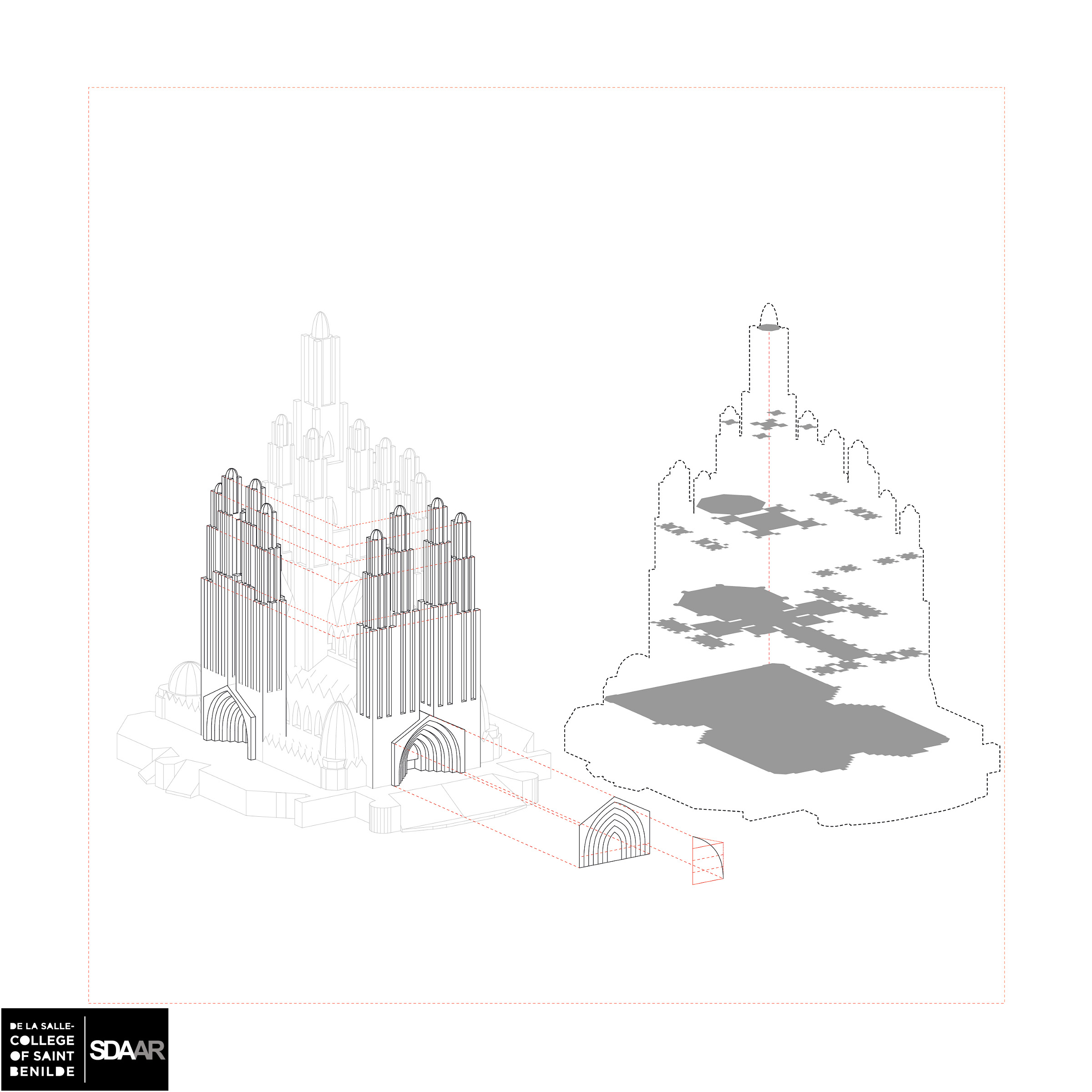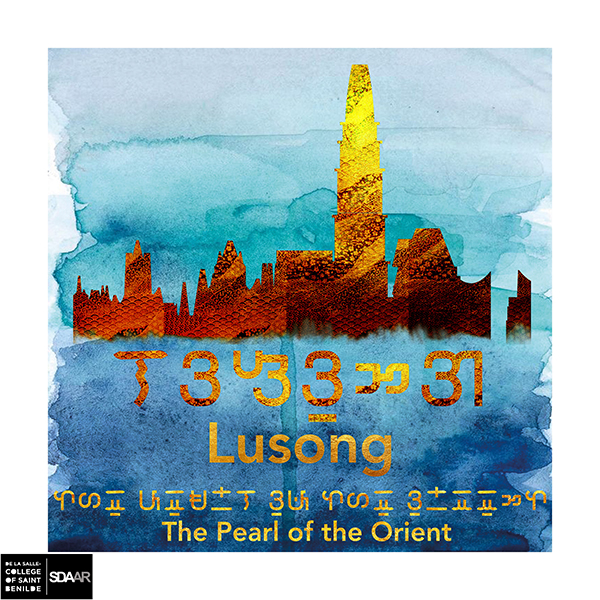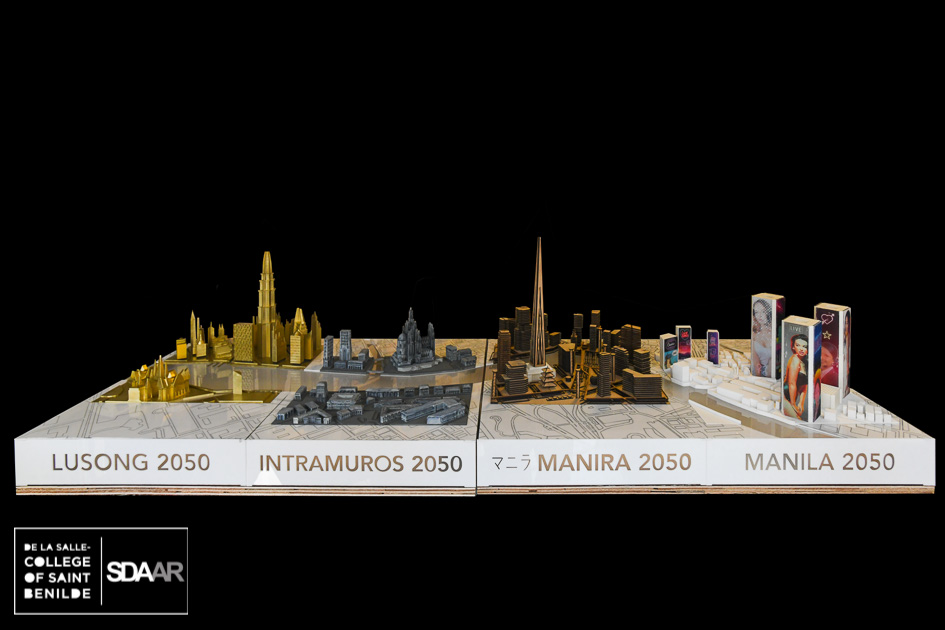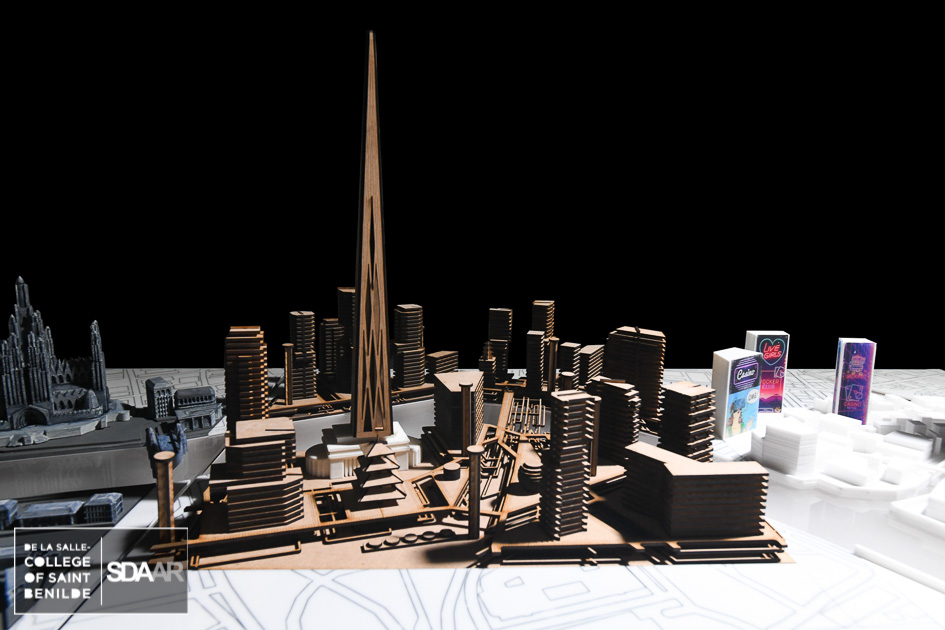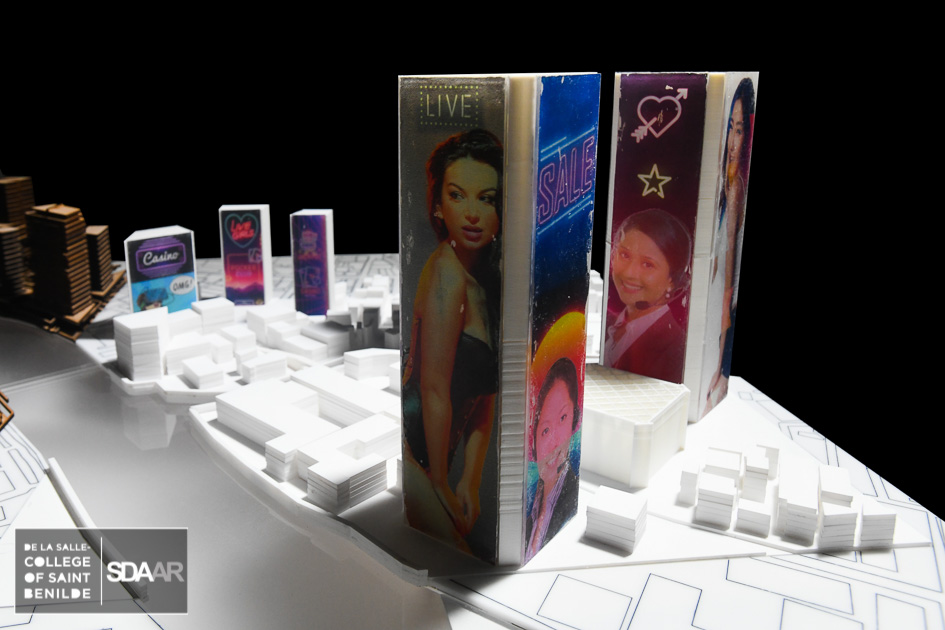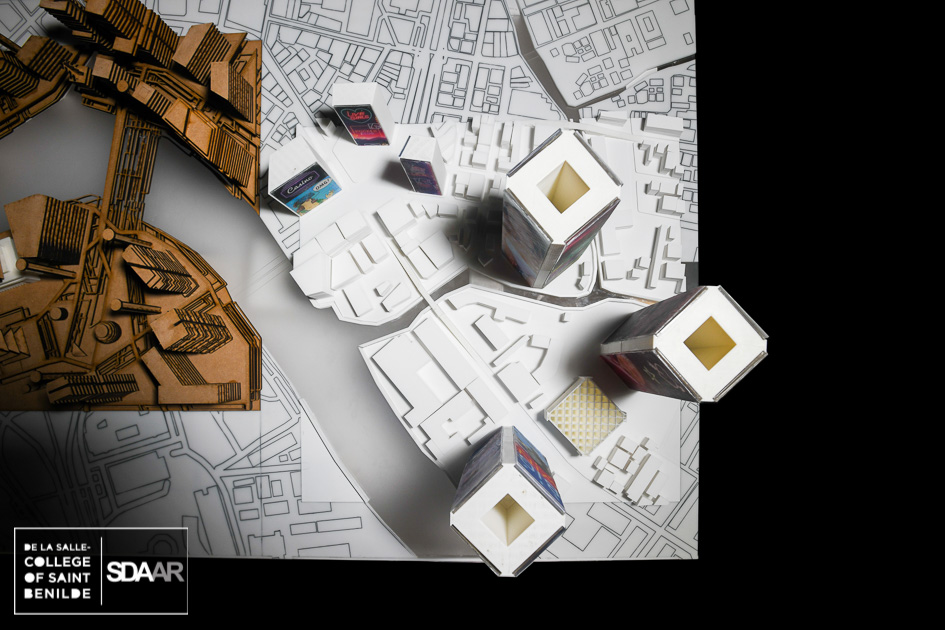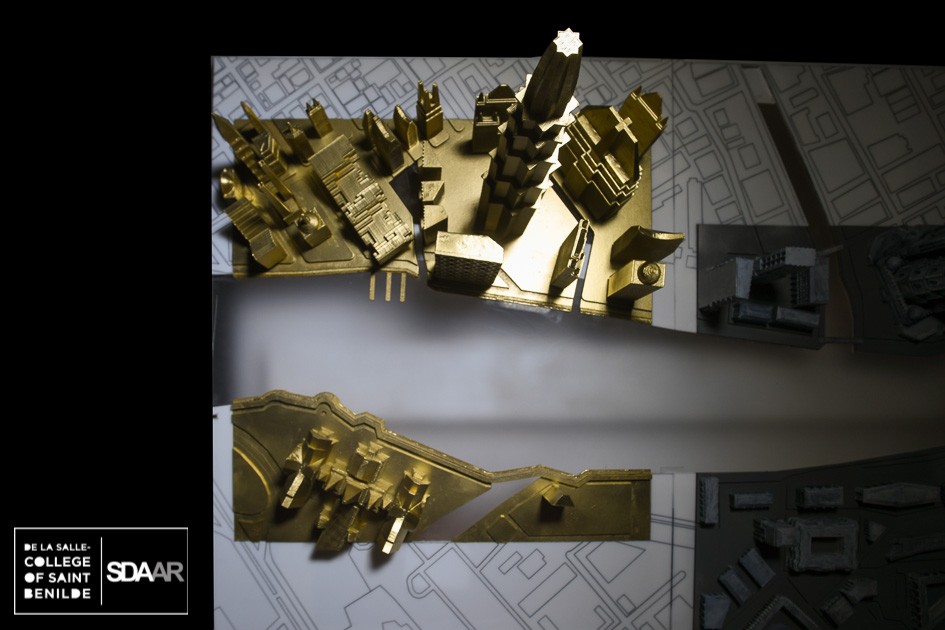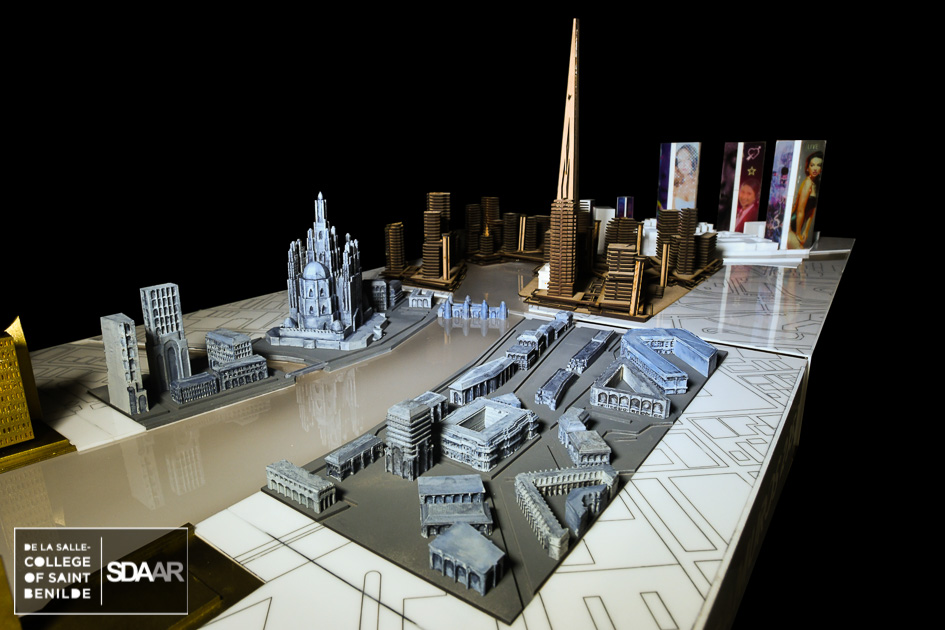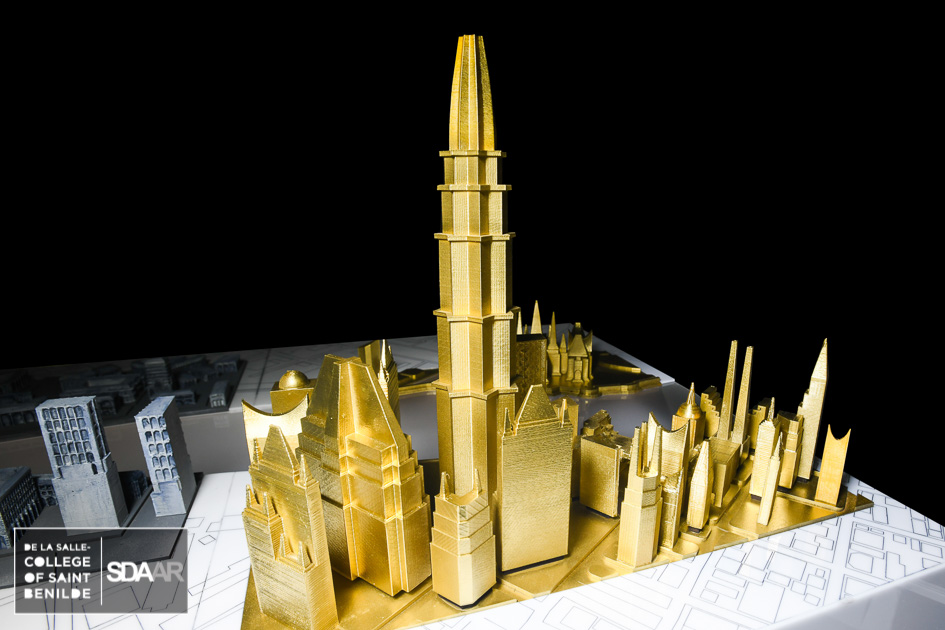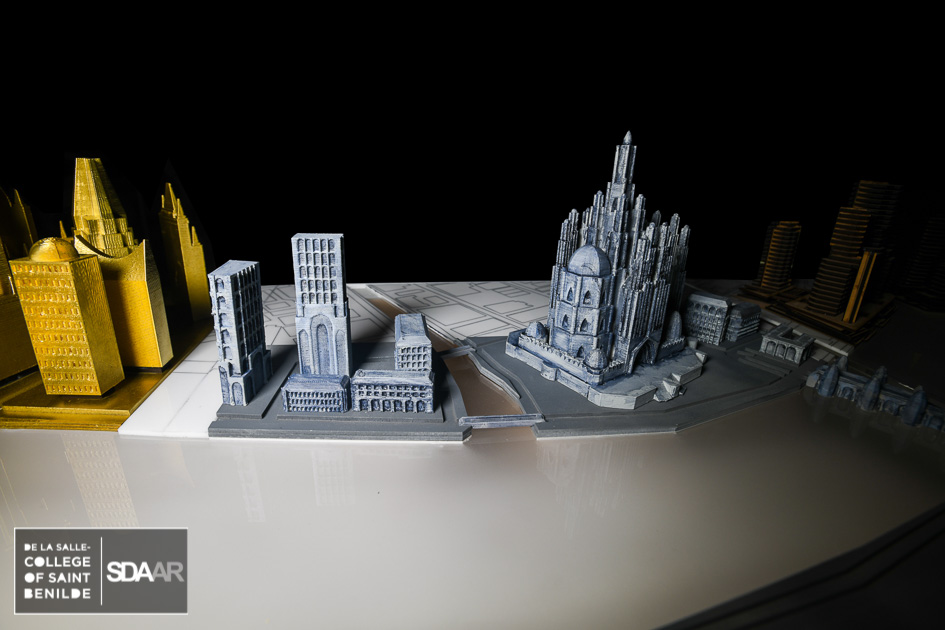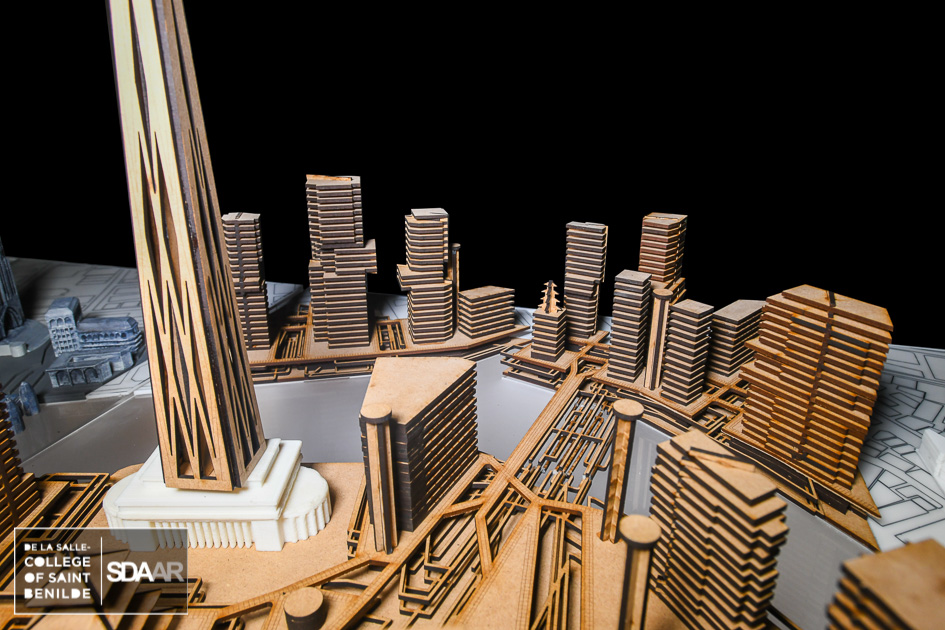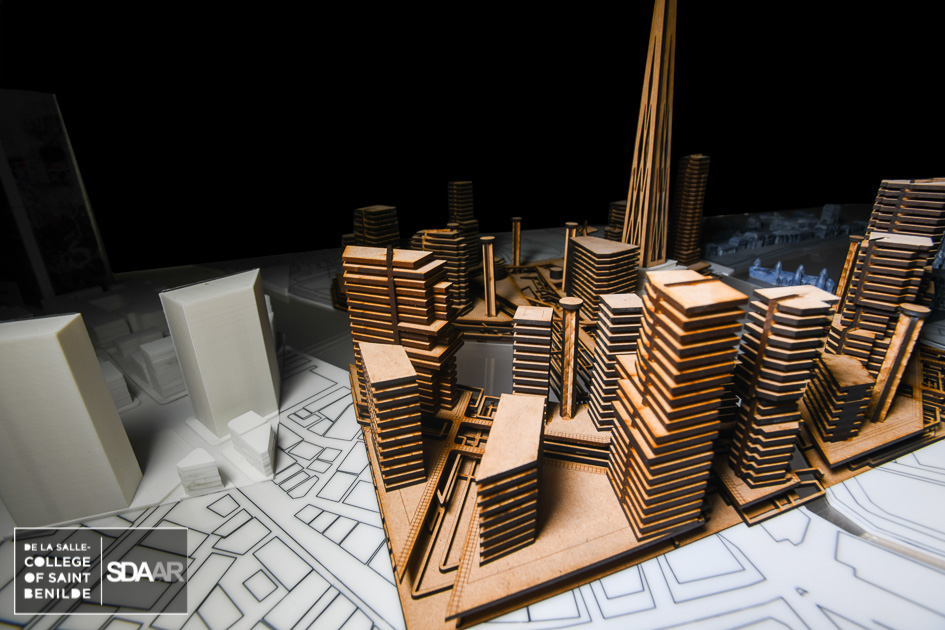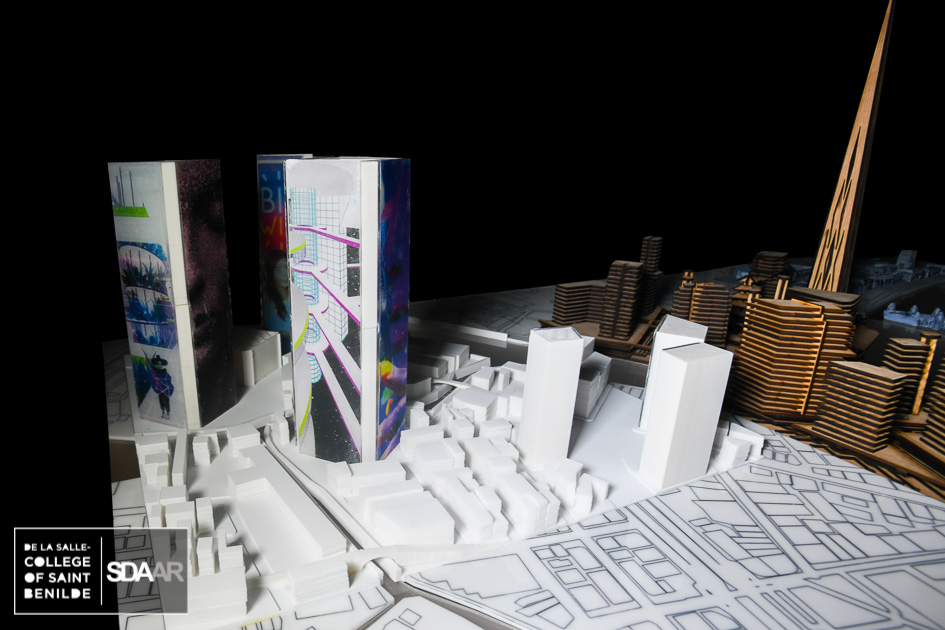THE CITY WITH TWO NAVELS – 16th Venice Architecture Biennale 2018
Can we truly escape Colonialism? If not, is Neo-liberal Urbanism the new form of Colonialism?
We chose the city of Manila as our site because its dichotomous built environment perfectly depicts two substantially hindering conditions of the Filipino people: Post-colonialism1 and Neo-liberalism2. We as a Filipino people constantly experience the tensions of our colonial background infringing on our daily life, rendering us unable to escape its cultural handicap. Ironically, we simultaneously and repeatedly try to liberate ourselves from our own colonial history. This Rhizomic3 cycle continuously rebirths new forms of our colonialism. This lack and quest of a homogenous Filipino “identity” is an old and flawed paradigm that is unending. Instead, we must ask ourselves, how do we disengage from these old paradigms?
“I believe that the discourse of national identity in architecture should shift from a question of origin to a question of practice. While the question of ‘where we came from’ is important, we should not be completely obvious to the dynamic practices of identity formation. The true origins of Filipino architecture are still debatable and may not be fully understood at this point. Instead, I propose that we refocus our understanding of how identity is practiced and how this knowledge of our identity formation can lead to more empowering and ennobling projects.”
Dr. Edson Cabalfin. Modernizing the Native: The Vernacular and the Nation in Philippine Modern Architectures. DOCOMOMO. 2006.]
We realize that our lack of an encompassing identity is the consequence of us being a globalized, colonized, and divided people. This is fully evident and expressed physically and metaphysically on the site. This grants the site the legitimacy of being an urban space ripe for experimentation. What is important is to take what is previously perceived as negative and begin to understand and utilize how it can be positive.
We must first understand it as a System4 in which the Culture5 of our people are locked within a
constantly moving Space-Time Continuum6, before we begin to speculate what our city and its people can become. Can Architecture be a vessel to transcend the global colonial presumptions of our nation? What can become of our city? We must speculate new dominant paradigms in search for the new urban organic machine.
In consequence, we postulate a city with no specific monumental identity but one with a diverse set of multiple identities bound by a shared sense of urban freespace. Free Space, while it eludes a clear-cut definition, has shown a variety of characteristics that point to two essential components: a constant negotiation, and a love-hate relationship with our colonial roots.
Free Space is locked in a constant negotiation with our history as a former-colony because while we try to move beyond our past, the very monuments that our agencies have tried to conserve, protect, and promote through their political machinations are constant reminders of the unrestrained tyrannical exercise of power that our colonizers have once manifested.
The pseudo-idolatry and reverence that we subconsciously show these historical artefacts evokes a form of romanticism of the past – a romanticism that serves as a coping mechanism for the Filipinos in dealing with their troubled history and present situation. Simultaneously, we want to investigate if an elimination of this romanticism would result in our liberation from our colonial
past.
How then, must a nation depart from post-colonialism and neo-liberalism in a manner which evolves the Filipino organic urban machine?
